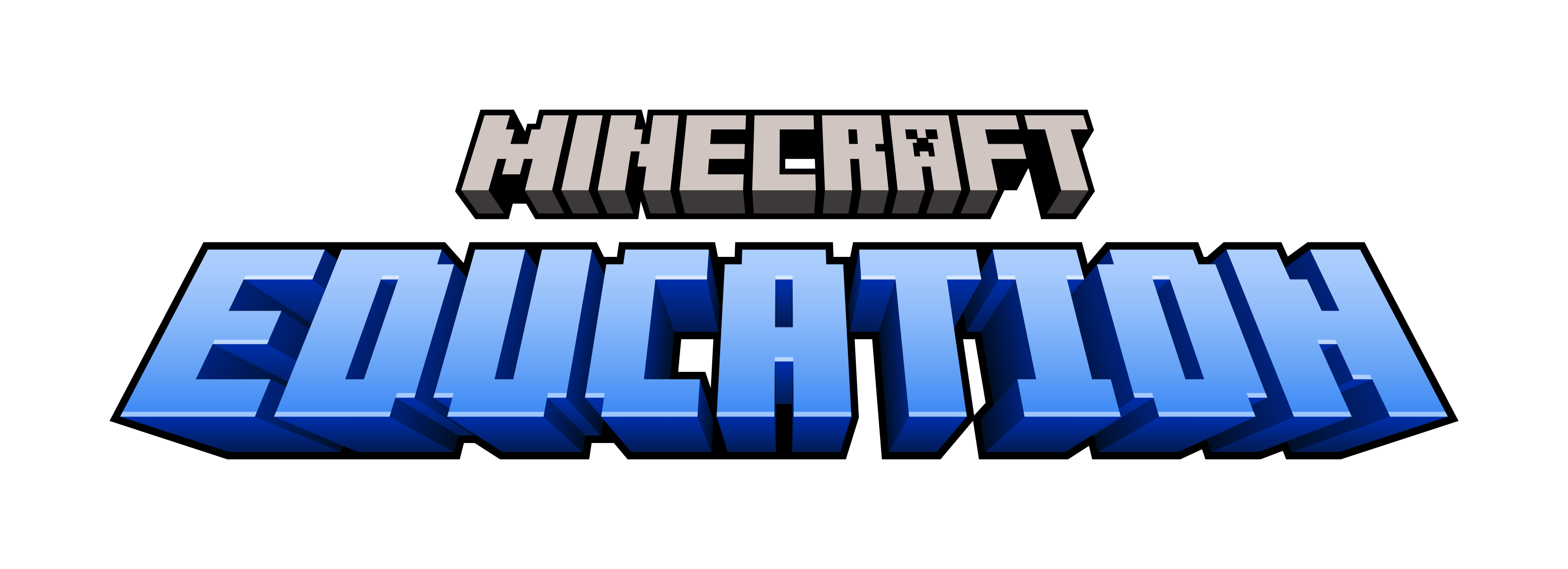Camping and Learning in the Virtual World
06 May 2021

Lockdowns have had a profound effect on schools this year, but what about non-traditional educational environments? When Fleming Tech Camps faced a summer without their usual in-person program, they had to find a creative and collaborative virtual solution. In this guest post, Camp Owner Ed Fleming shares how Minecraft: Education Edition provided a space for students to connect, learn, and most importantly, have fun!
At Fleming Tech Camps, a typical summer gives our campers the chance to head out onto a field to launch rockets, play with lightsabers in VR, and climb trees to recover quadcopters. But the arrival of COVID-19 along with its widespread school and camp closures made many of those activities impossible. Faced with the decision of closing our doors to campers for a summer or finding a creative solution, we decided to make the leap into the virtual camp frontier, and now we may never look back.
Minecraft has been a core staple of our technology camp offerings for over a decade, and 2020 was no exception. While COVID-19 restrictions forced many camps to shut down completely, that wasn’t an option for us. Instead, we explored options for running our camps virtually. This is the story of how we made the decision to take the virtual plunge, the results of the camper experience, and why we believe virtual camps are here to stay.
Taking the Virtual Plunge
Last February, we were attending a national educational conference as an exhibitor showcasing our camp, after-school, and eSports programs. While we met with prospective school and camp partners, we learned that schools in Japan were closing due to concerns about COVID-19. Immediately, we realized that the virus was a serious global issue and that if it continued, it would affect our summer camp programs. Not taking any chances, we took action the day we returned from the event.
To respond to COVID-19, we made an executive decision to pivot our camp operations and built tools that would allow us to offer our camps through an online platform. We focused on taking our most popular camps—ones that didn’t require special equipment—and began converting their curriculum for delivery through an online learning environment. We selected 12 programs, six of which were Minecraft-focused, and started experimenting with how to best deliver them.
We knew that offering our camps through a new kind of experience was a huge risk. Something like this had never been done before. It was untested and unproven. We also knew that our campers love our Minecraft programs and that if we were going to take a deep dive into uncharted waters, relying on Minecraft to be our foundation was going to be our best bet.
We spent the next 100 days converting our lesson plans, testing our delivery tools, and honing our materials. We built a custom delivery platform that integrated Zoom, Discord, Schoology and Minecraft: Education Edition. We made sure that the camper-facing interface was fun, exciting, interactive, and as camp-like as possible. When the first week of June was upon us, we were ready to provide our families with our virtual camp.
The Virtual Experience
Traditionally, summer camps provide a chance for kids to explore, meet new friends, learn, and find independence. Drawing on years of experience in the classroom and on the campground, our team sought to create a virtual camp platform for kids that would give them the ability to experience summer camp traditions from home. The result was a state-of-the-art online platform that combined STEAM learning and traditional camp activities, all while using Minecraft: Education Edition.
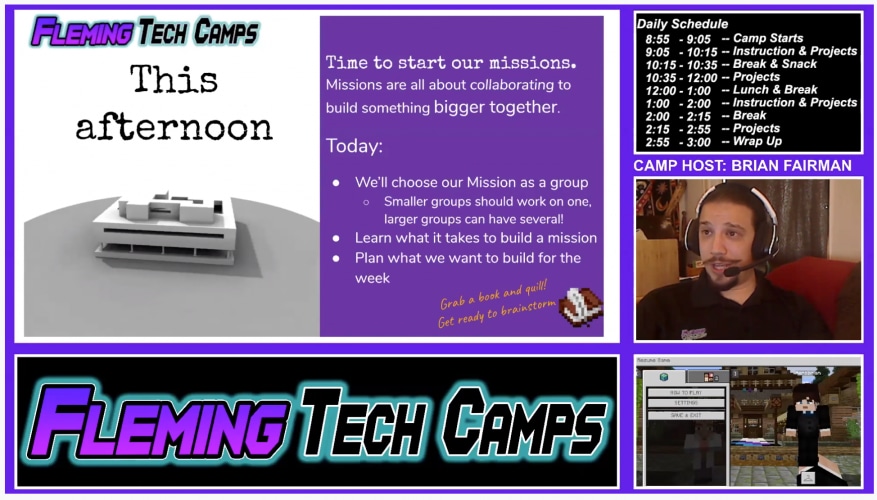
For summer 2020, like any other year, our campers designed games, went on adventures, built roller coasters to learn about physics, and learned team-building skills, all while using Minecraft: Education Edition. But for the first time, all of it took place virtually. One of our biggest assets was Minecaft’s ability to allow campers to connect remotely to multiplayer games. Each day, our campers would get lessons from our “camp hosts,” then connect with each other and work on projects in Minecraft.
As STEAM educators creating lesson content, Minecraft has been a tremendous asset for our constructivist learning model. The vast and sprawling world of Minecraft allows for a very modular approach to challenges and activities for our campers. If you want to build a house, you can, and if you want to build a house with a lock that can only be opened by a redstone-powered key authenticator, you can do that as well! We always encourage our campers to engage in learning what they want to learn, to draw their own conclusions based on that experience, and to build projects that challenge them based on what interests they themselves have brought to camp. Minecraft’s open-endedness gives everyone a chance to come into the camp and really express themselves. The wealth of support materials, wikis, and tutorials that we make available ensure that the sky’s the limit on campers’ creativity.
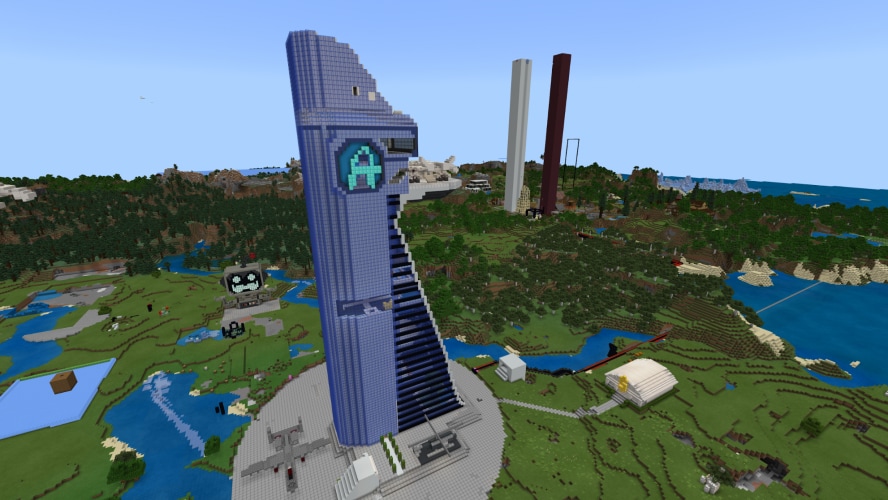
We provided our virtual programs in a synchronous learning format and featured a camp host on the screen at all times. Through a combination of Zoom, Discord, and Minecraft, campers were able to talk and work together while they built, coded, and explored. However, as anyone who’s spent time in the classroom knows, kids can be shy, and online learning sometimes amplifies that. When it comes to web-based schooling, some children feel removed from the experience, tuning out and becoming unengaged with the teacher and their classmates.

When we were developing our programs, we observed friends and family participating in online schooling during the early phase of remote learning and saw how those problems could manifest. To address engagement issues early on, we encouraged the use of all of the technology tools at our disposal. For children not comfortable communicating through video or using voice, we saw those campers happily interact with others by using the in-game text chat, allowing anyone to engage at the level that made them feel comfortable. One particularly shy camper would actually put down signs in Minecraft to leave post-its for our instructor with messages like, “Hey, come see what I built!”
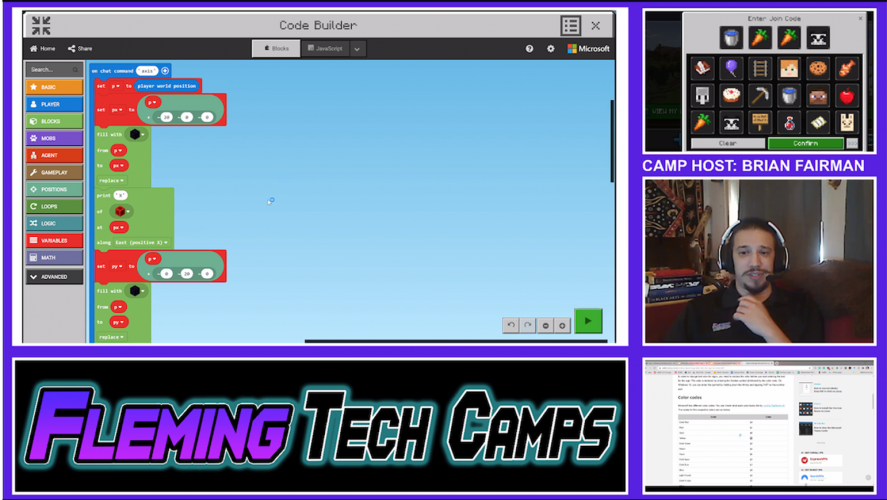
One of our most popular summer camps was Minecraft: Adventure Design. In this program, campers focus on game design, but at its heart, the camp is all about the love of building in Minecraft. Some of the major elements we explored with our budding game developers were scale, scope, style, and choosing the right setting for the story they wanted to tell. Every week saw a new batch of game designers, and every week we saw our campers building incredible new games.
Last summer, we built a hide-and-seek adventure set in a frontier ghost town, where campers each got to build their very own building, including a sawmill, a sheriff’s office, a saloon, and a gold mine, complete with special hiding spots only the architects knew. We also saw campers build a who-dunnit mystery on a cruise ship out at sea, where they researched actual blueprints of cruise liners to help them build an engine room, command deck, even a galley for their map so they could stage clues. One group created a race around a space base, with campers building their own shuttles, experimental laboratories, and airlocks in between.

Camp is a special place where kids get to meet new people, and when we took our Minecraft programs online, we met new campers from all over the world. Participants came from three continents to share their love of Minecraft with each other. For our team, it was a rewarding experience to see so many different people from all over the world able to connect and collaborate with us in our virtual campground.
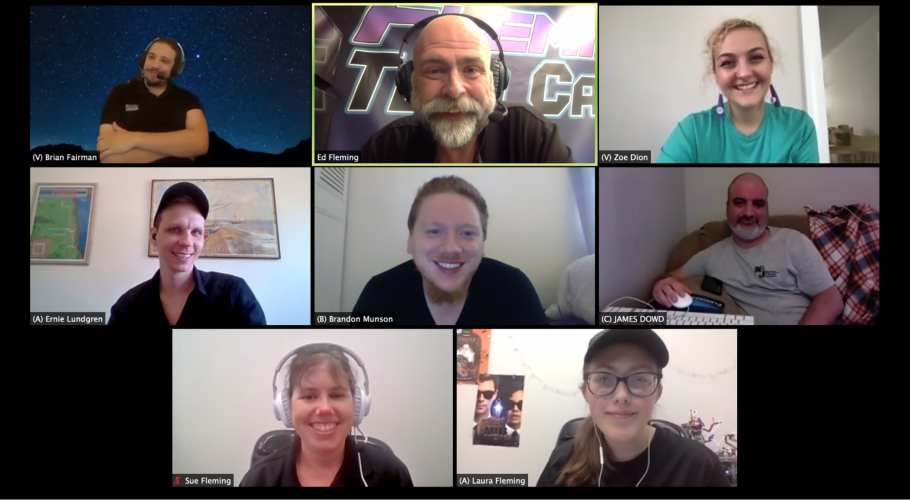
Virtual Camps Are Here to Stay
We learned a lot from 2020. It was a year we spent exploring the digital frontier. It was challenging not being in the same physical space as our campers, but our team discovered amazing new ways to work with the kids and use Minecraft in ways we never could have previously imagined.
Next summer, we hope to be back in the physical classroom, but no one really knows what the year ahead will look like. In response to that uncertainty, we’ve designed all 50 of our 2021 camp programs to have the flexibility to be offered in-person, virtually, or in mixed environments. We imagine campers may participate at our physical campuses, from their homes, and maybe even while they’re driving in the family car or at the beach while they’re on a vacation.
We know in-class programs will be back someday and that we’ll be there to serve our families with fun and exciting in-person camp programs. However, we also believe virtual programs like ours have the potential to provide new kinds of camping experiences. Our programs will provide families with new opportunities to explore the digital frontier for years to come.
Since 2010, our experiences using Minecraft as an education tool in our camps have been nothing short of amazing. In all honesty, Minecraft was the primary driver that helped us stay actively engaged with our campers last summer. Enabled by technology to reach students either in person or virtually, we’re excited to see what next summer brings!
***
If you run a camp, club, homeschool, or other organization, start using Minecraft: Education Edition today! If you’re a classroom educator who’s new to the game and you’d like to give it a shot, get started here.
